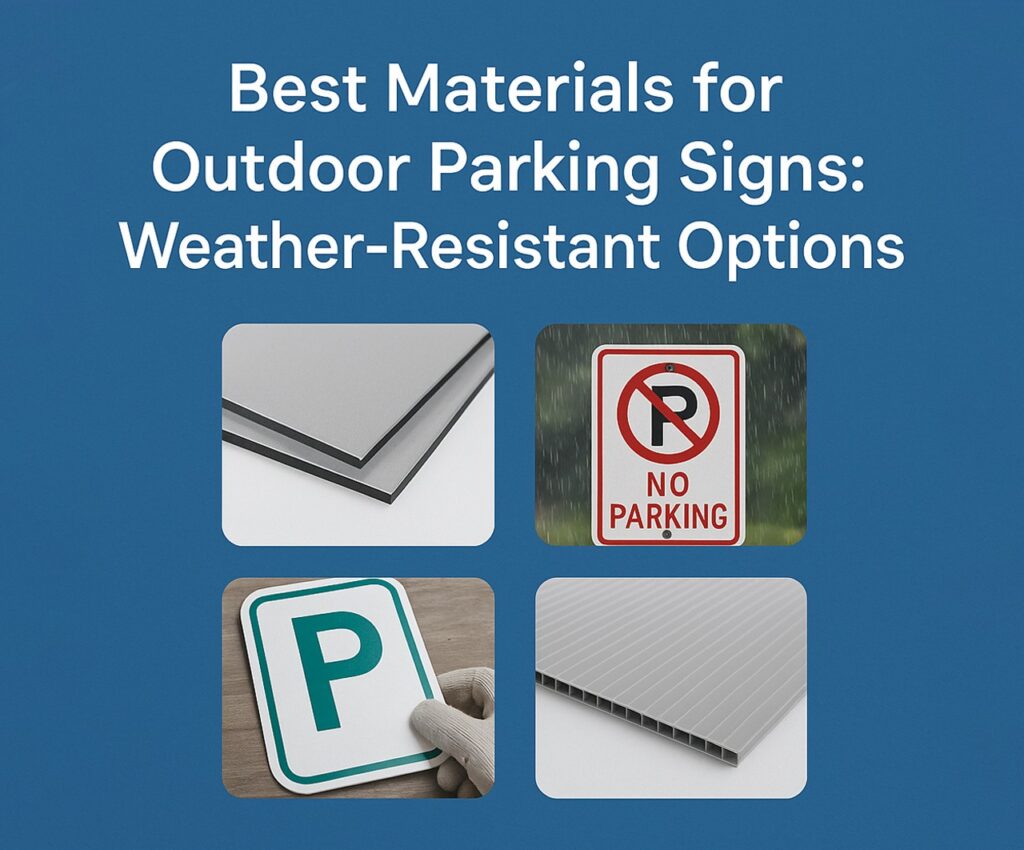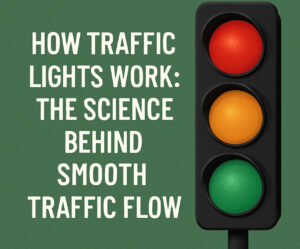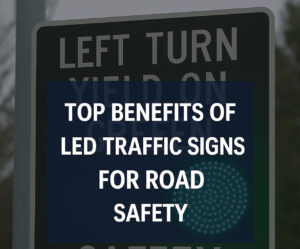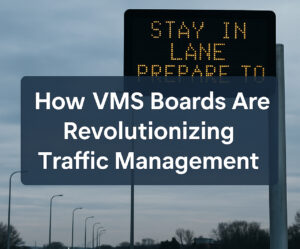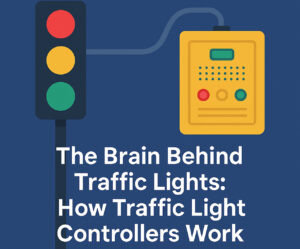In the world of traffic and parking management, durability is key—especially when it comes to outdoor signage. Whether you’re operating parking stackers, managing curbside regulations with no parking street signs, or optimizing an auto parking system, you need signage that can withstand the elements year-round. From blazing sun to torrential rain and heavy snow, the right material makes all the difference in both longevity and visibility.
In this guide, we’ll explore the best weather-resistant materials for outdoor parking signs, discuss their pros and cons, and help you choose the right option based on your location, application, and budget. If you’re investing in your parking setup, this is a decision you can’t afford to overlook. Know more..
Why Weather Resistance Matters in Parking Signage
Outdoor parking signs face environmental wear and tear 24/7. UV rays can fade print. Rain and snow can corrode frames. Wind can damage posts and materials not designed to hold up under pressure. And when signage becomes unreadable or fails, your auto parking system loses efficiency, enforcement becomes difficult, and safety is compromised.
Whether you’re marking reserved spaces for parking stackers or guiding drivers with no parking street signs, weatherproof materials are a non-negotiable feature. The right materials ensure that your investment is protected and your parking rules remain clear, visible, and enforceable.
Top Materials for Outdoor Parking Signs
Let’s break down the most commonly used materials for parking signage and evaluate which ones offer the best combination of durability, visibility, and weather resistance.
1. Aluminum
Why it’s a favorite: Lightweight, rustproof, durable
Aluminum is the most widely used material for outdoor parking signs—and for good reason. It doesn’t rust, making it ideal for wet or coastal environments. Plus, it’s lightweight yet strong, which helps it stay mounted even in high winds.
Perfect for:
- No parking street signs on city roads
- Permanent signage in auto parking systems
- Facility signage for parking stackers
Pros:
- Corrosion-resistant
- Cost-effective
- High visibility with reflective coating
Cons:
- Can bend under extreme force or vandalism
Pro Tip: Use .080-gauge aluminum for high-traffic areas to maximize strength.
2. Reflective Aluminum (Engineer-Grade or High Intensity)
Why it’s special: Enhanced visibility in low-light and nighttime conditions
Reflective aluminum combines the benefits of traditional aluminum with a reflective coating that increases visibility during night hours—a critical feature for road safety and enforcement.
Use cases:
- Government-regulated no parking street signs
- High-visibility indicators in auto parking systems
- Directional signs for stacked or multilevel parking zones
Pros:
- Highly visible day and night
- Weather-resistant
- Meets many DOT requirements
Cons:
- Slightly higher cost
- Surface can scratch if mishandled
Highlight: A must-have for locations with low lighting or nighttime traffic.
3. Dibond (Aluminum Composite)
What it is: A rigid panel made of a solid plastic core sandwiched between two aluminum sheets.
Dibond signs are becoming increasingly popular for commercial parking areas because they combine the rigidity of a thicker material with the lightweight qualities of aluminum. Plus, they’re extremely stable and less prone to warping.
Great for:
- Long-term installations in auto parking systems
- Wayfinding signs around parking stackers
- Branded no parking street signs in premium areas
Pros:
- Doesn’t warp, even in extreme temperatures
- Long-lasting graphics
- Great for high-end applications
Cons:
- Higher cost
- Overkill for temporary signage
4. PVC (Polyvinyl Chloride)
Why people use it: Inexpensive, lightweight, easy to install
PVC is often used for short-term parking signage or where frequent changes are made. However, it’s not ideal for locations with intense sun exposure or wet weather since it can fade or crack over time.
Best for:
- Temporary no parking street signs
- Informational signs in sheltered auto parking systems
- Interior signage for parking stackers
Pros:
- Budget-friendly
- Easy to cut and customize
- Great for indoor use
Cons:
- Not UV resistant
- Brittle in cold temperatures
Summary: Ideal for short-term or low-exposure environments—not for permanent outdoor placement.
5. HDPE (High-Density Polyethylene)
Why it’s unique: Recyclable, impact-resistant, and good for harsh environments
HDPE signs are used in environments where both weather and physical impact are a concern. They’re resistant to moisture, chemicals, and UV rays, making them a solid option for rugged outdoor applications.
Commonly used in:
- Gated auto parking systems
- Impact zones near parking stackers
- Municipal no parking street signs
Pros:
- Extremely durable
- UV-stabilized
- Non-conductive and chemical-resistant
Cons:
- Less common than aluminum
- More expensive upfront
Choosing the Right Material: What to Consider
With all these options, how do you decide what’s best for your specific needs?
1. Environment
- For wet climates or coastal areas: Choose aluminum or HDPE
- For high sun exposure: Reflective aluminum or Dibond
- For cold zones: Avoid PVC, go for metal or composite materials
2. Duration
- Short-term needs: PVC or low-gauge aluminum
- Long-term signage: Reflective aluminum, Dibond, or HDPE
3. Location of Signage
- On the street: No parking street signs should be aluminum or reflective
- Inside structures: PVC or composite options for parking stackers
- System-wide: For any auto parking system, consider long-term durability and aesthetics
4. Compliance
Make sure your signage material and design comply with local regulations. Reflective surfaces, mounting height, font size, and colors are often regulated—especially for no parking street signs and public auto parking systems.
Customization Options
No matter the material you choose, you can further enhance functionality and aesthetics through customization:
- Branding: Add logos or colors that match your facility
- Messaging: Custom phrasing for specific parking rules
- Shape and size: Tailored for different types of parking stackers or ground layouts
- Mounting hardware: Choose from wall mounts, pole installations, or portable bases
Pro Tip: Many suppliers now offer weather-resistant custom parking signs that combine durability with tailored visuals.
Installation Tips for Longevity
Even the most weather-resistant material can fail if poorly installed. Here are a few tips to ensure your signage stands the test of time:
- Use rust-proof mounting brackets and stainless steel screws
- Position signs away from physical impact zones if possible
- Anchor signs securely to avoid wind damage
- Reapply reflective tape or finish if fading appears after years
Final Thoughts
Whether you’re building a complex auto parking system, regulating curbside access with no parking street signs, or managing capacity with parking stackers, choosing the right material for your outdoor parking signage isn’t just about appearance—it’s about performance.
From classic aluminum to cutting-edge HDPE, the material you select determines how well your signs perform in the field. Think long-term. Consider your environment. And always make weather resistance a top priority.
Because when drivers can clearly see and trust your signage, everything flows better—from traffic to efficiency to compliance.

